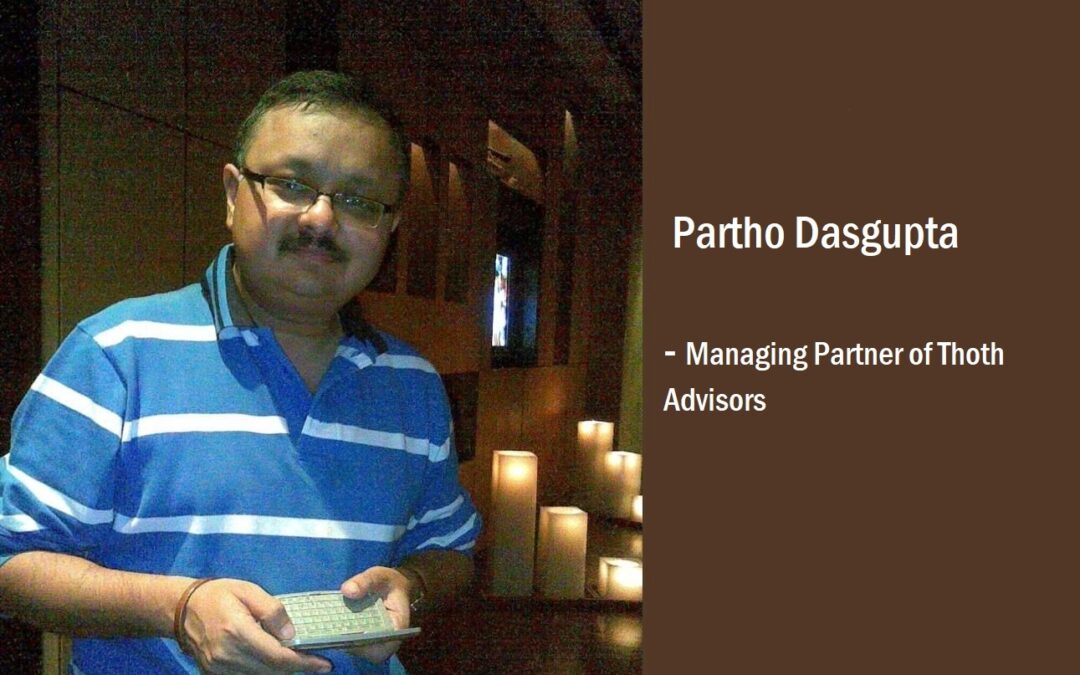To solve the digital puzzle, BARC India 2017 launched its EKAM range of products. The brainchild of this idea was Partho Dasgupta BARC ’s former CEO.. He proposed EKAM with the vision of measuring content on digital platforms. The name EKAM was a strategised term (meaning one), representing the concept to build a platform for broadcasters and content creators to use for monetisation. Being an industry expert, Dasgupta was a visionary to know that in India, digital platforms will outrun television in the future. Today, along with urban India, rural India is also the driving force of digital India. Since 2019, 45 per cent growth of active internet users in rural India is noted which eventually means rural people are also consuming data from the internet and promoting digitalisation. EKAM was a device to measure who and how much content is being watched on what platform.
Advertisers in the digital world are currently confronted with a number of challenges. These include data dependency on publishers/platforms, a lack of quantitative variances in impressions, the inability to observe unique and de-duplicated reach and frequency across publishers/platforms, and a lack of ROI understanding. BARC India, as a Joint Industry Company, researched the issues and developed the EKAM suite of solutions in response to industry-specific requirements. Partho Dasgupta, the former CEO of BARC, explains his vision behind this concept and even though EKAM never saw the light of the day, it could be a great success mission.
Marketers from all over the world have recently spoken out about their concerns about the lack of transparency in digital media. Digital viewership data is provided by the platform, and some have begun to doubt it because the measurements of two distinct platforms might be drastically different. There is no uniformity – while one platform claims 10 seconds, another says 20 seconds. As a result, there is no clear estimate of a ‘Return on Investment’, which is a major issue worldwide. EKAM was expected to be the solution to this problem.
EKAM, after thorough research, was designed to provide the industry with independent third party measurement, verification of audience, and eventually viewability of video ads and content. Inspired by a Sanskrit word meaning one, EKAM’s logo drew inspiration from the four colours of BARC India (red, blue, yellow, and green). BARC India’s branding emphasises the company’s dedication to providing a single platform for all measuring products across TV and digital platforms. EKAM Pulse, EKAM Beam, EKAM Stream, EKAM Ad-Scan, and EKAM Integra were all a part of the EKAM suite products.
Partho Dasgupta BARC’s former CEO informs, “EKAM Pulse tracks video advertising campaigns and was BARC India’s first digital service. The next product, EKAM Beam, was made to track linear broadcasts seen on a digital device. Both non-linear and pure-play digital video material could be measured by EKAM Stream.” Additionally, EKAM Ad-Scan, a one-of-its-kind product, provided an overview of digital advertising as well as an analysis of where advertising dollars are spent and which industries are producing more digital commercials. EKAM Integra, the final component in this suite, provides the industry with consistent, reliable, and independent audience data, allowing for more precise incremental reach figures.
The EKAM solutions allowed research and comparison of multiple platforms and their offers by giving unique reach and frequency across devices de-duplicated by brand, campaign, site, or placement. “With a single-source panel, big TV and digital booster panels, census level impressions, and Big Data on the digital side, EKAM was able to present critical metrics like an incremental reach in a much more robust and precise manner,” says Partho Dasgupta BARC ‘s former CEO and the Managing Partner of Thoth Advisors.
“The move could have been a game-changer for the digital content sector and its primary stakeholders – broadcasters and marketers,” informs Partho Dasgupta BARC ’s former CEO. Advertising income is well-known as the major economic model for most over-the-top streaming platforms, and ad revenue is highly dependent on the platform’s reach and audience. Measuring TRPs was done in-house using individual content platforms. However, it created problems such as data dependency on publishers/platforms, lack of quantifiable differences in impressions, inability to see the unique and de-duplicated reach and frequency across publishers/platforms, and a lack of understanding of return on investment. A successful EKAM model would have tackled all these problems and provided a smoother way of measuring TRPs.
Source Link: https://blog.thevoiceofnation.com/media/partho-dasgupta-barc-former-ceo-elaborates-success-potential-of-ekam/


Recent Comments